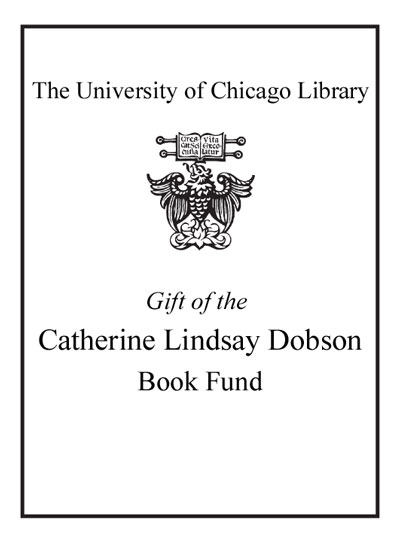Review by Choice Review
In his Chaucer's Italian Tradition (CH, Sep'02, 40-0141), Ginsberg (Univ. of Oregon) took critical inspiration from Walter Benjamin's 1923 essay "The Task of the Translator." This new study puts what Ginsberg calls "Benjaminian translation" at the center of an exploration of intralingual translations in the Canterbury Tales. Using close reading of the prologue portraits, interludes, and tales, Ginsberg argues that in revisiting characters and themes, Chaucer disassembles and re-creates his work, thereby juxtaposing different interpretations and enabling the text to "translate itself." Although Ginsberg focuses on this process in the Canterbury Tales, he also discusses intralingual translation in Latin and Italian texts known to Chaucer. Ginsberg draws on his thorough knowledge of Chaucer scholarship and of scholarship on translation and translators in the Middle Ages; but other than Benjamin's seminal essay, Paul de Man's 1983 "Conclusions" lecture, and a few other works reflecting on Benjamin, Ginsberg does not address more general translation theory. This volume will read well alongside Rethinking Medieval Translation, ed. by Emma Campbell and Robert Mills (2012); and, given its emphasis on intralingual rather than interlingual translation, it makes for productive contrast with Ardis Butterfield's The Familiar Enemy (CH, Jul'10, 47-6094). Summing Up: Recommended. Upper-division undergraduates through faculty. --Sarah Downey, California University of Pennsylvania
Copyright American Library Association, used with permission.
Review by Choice Review

